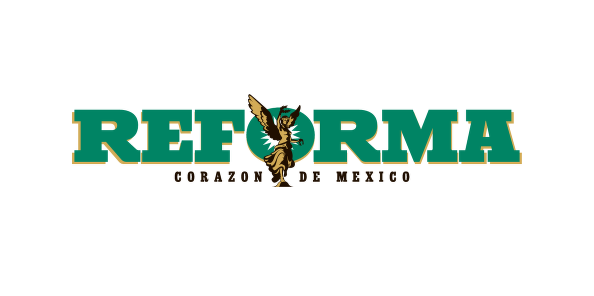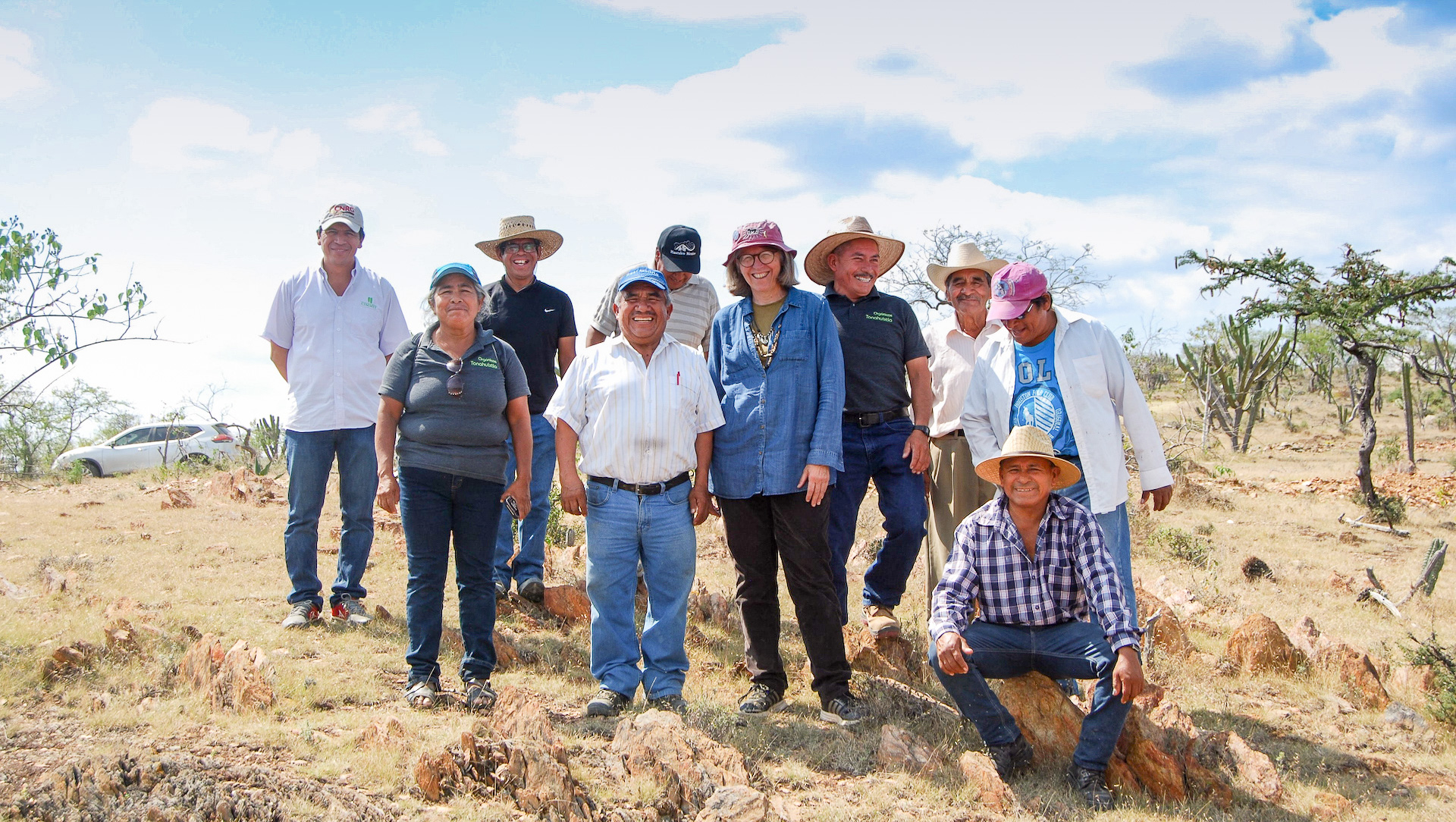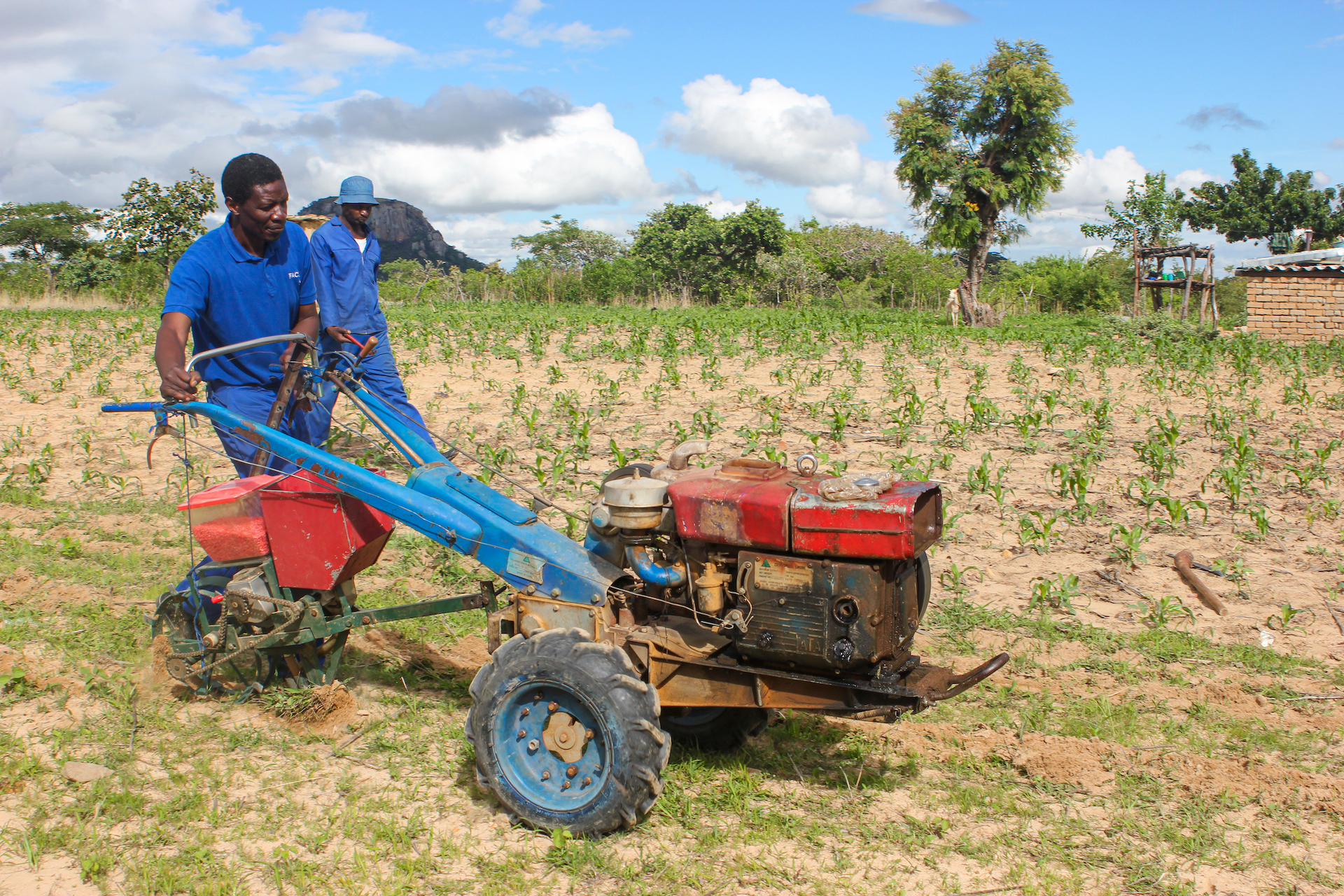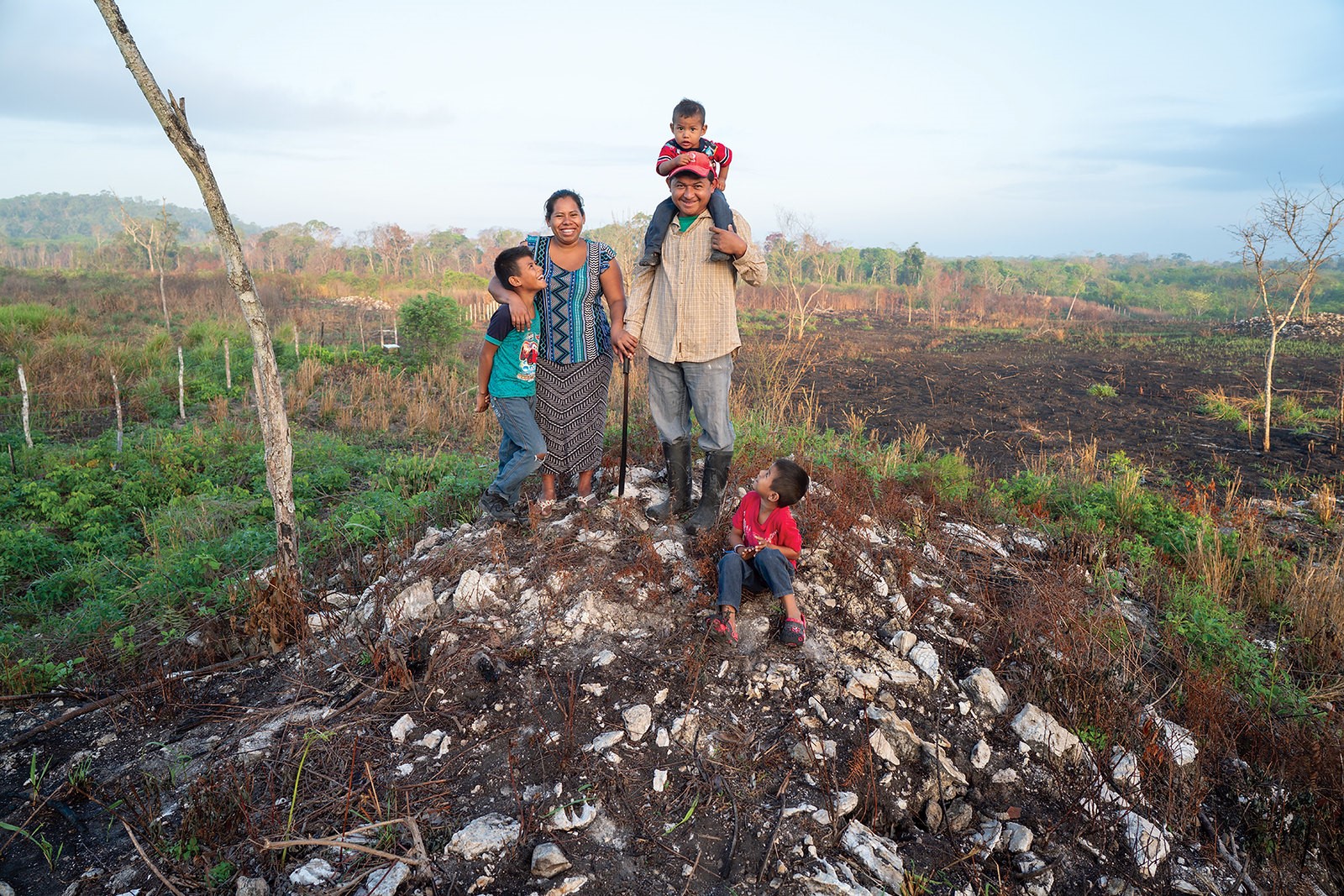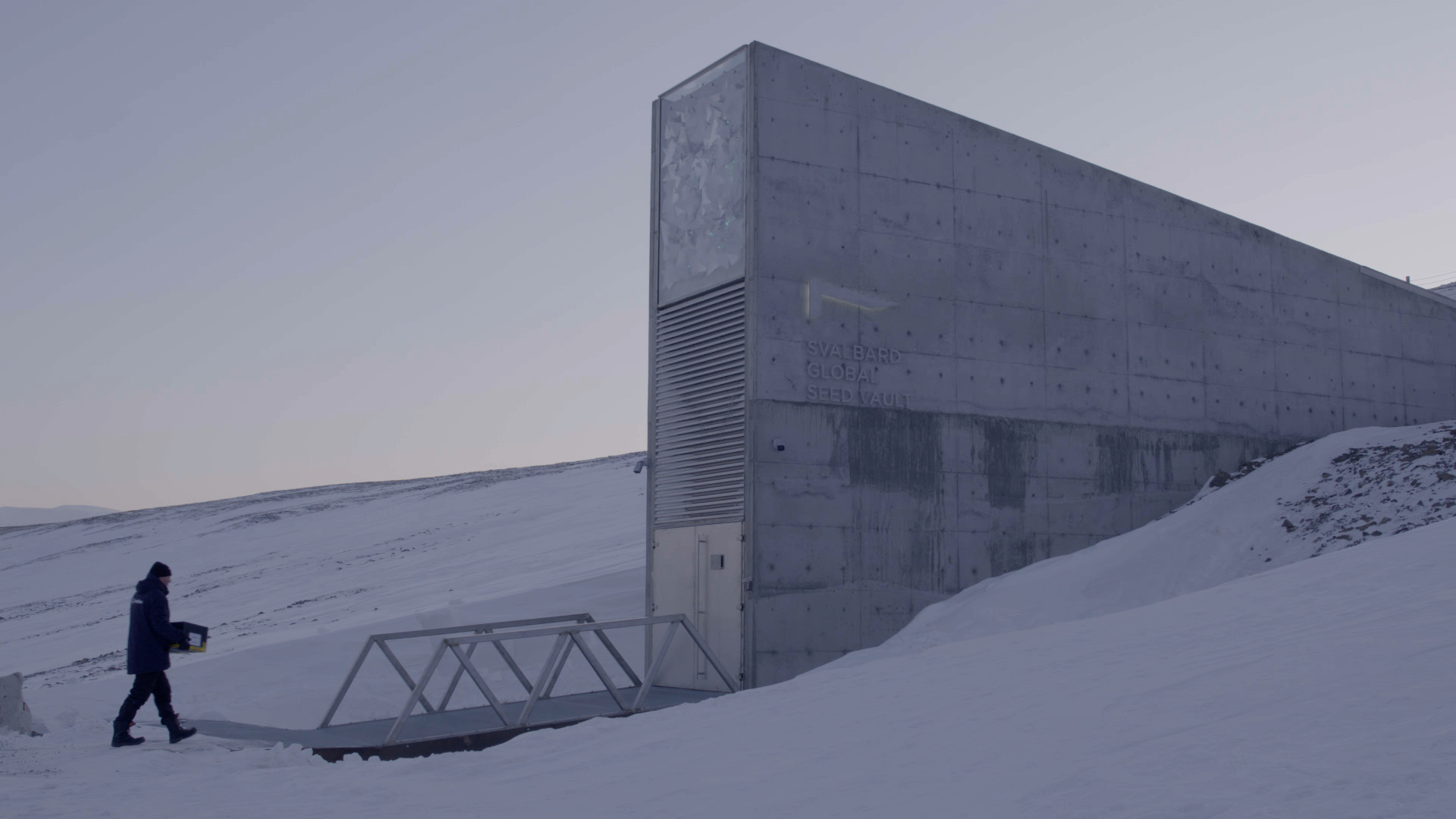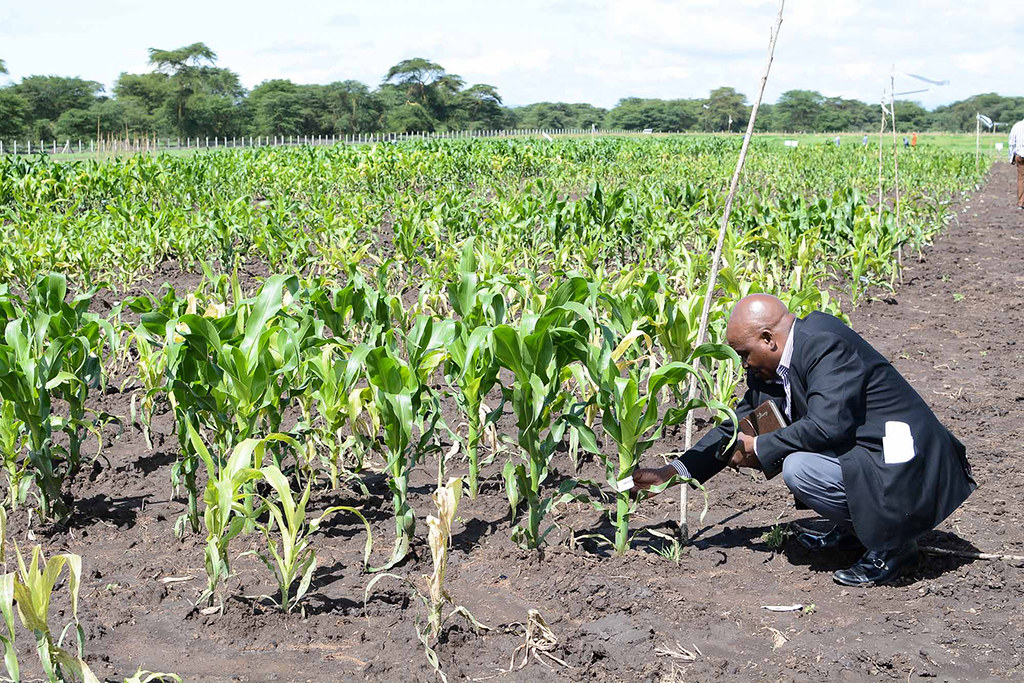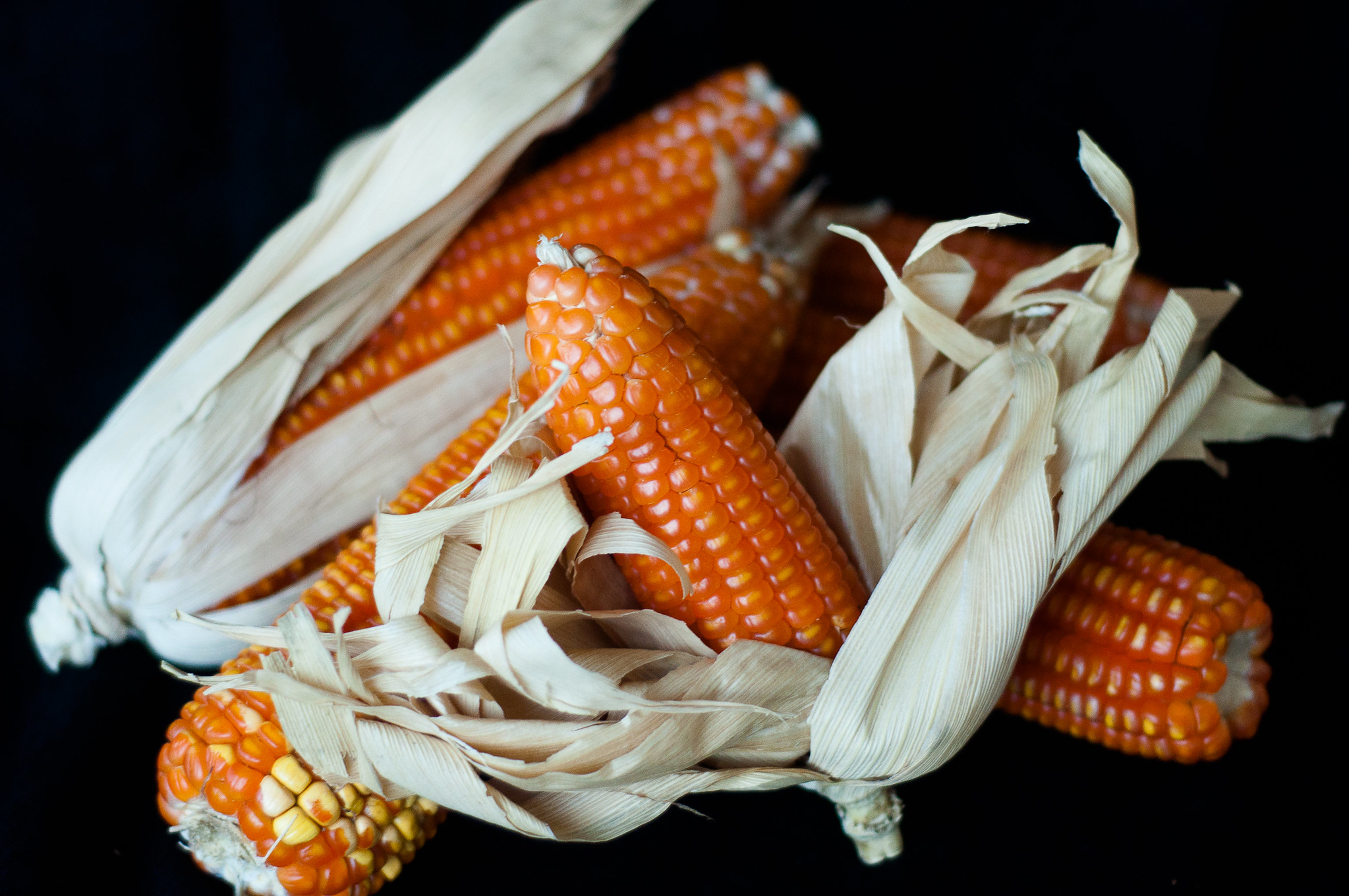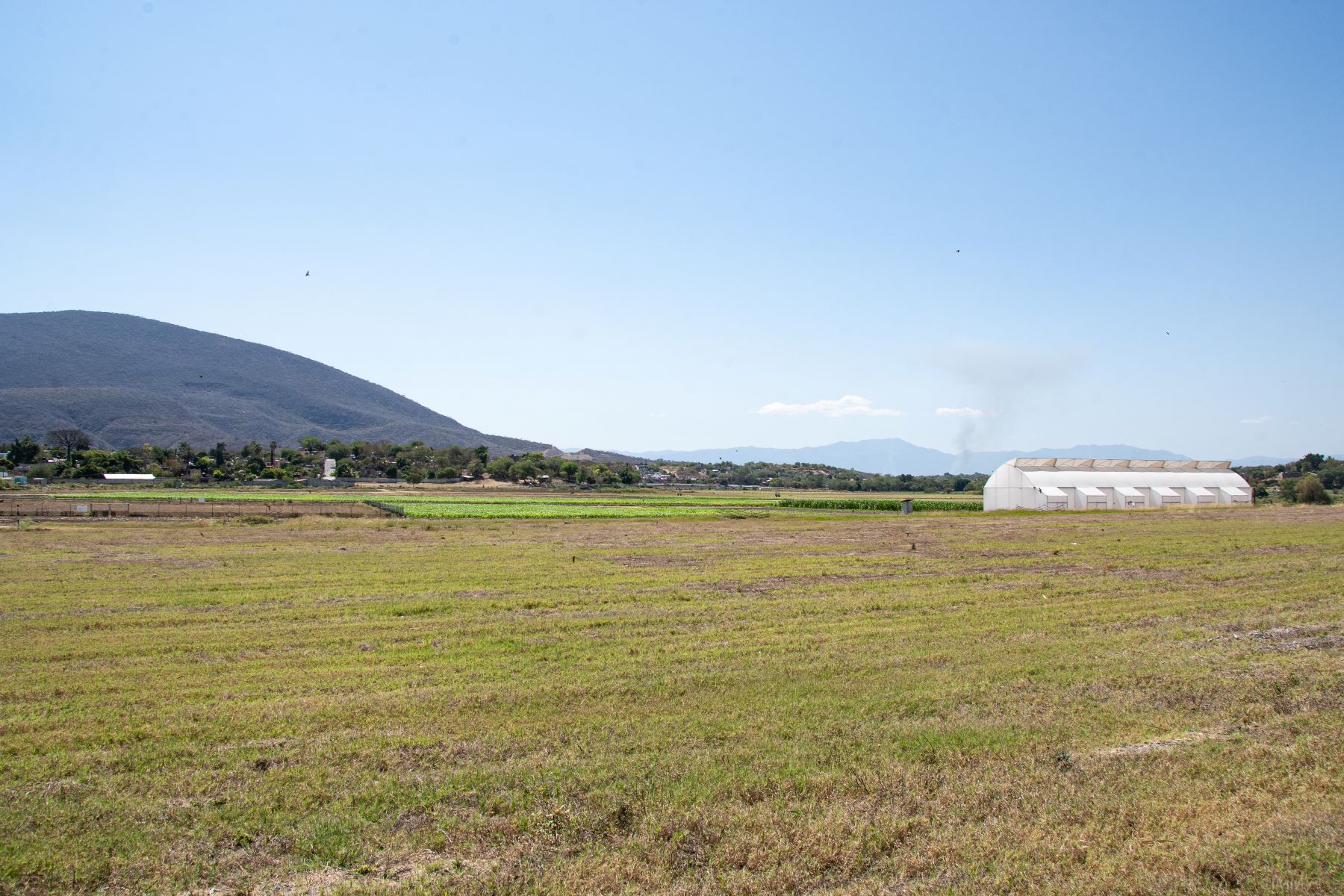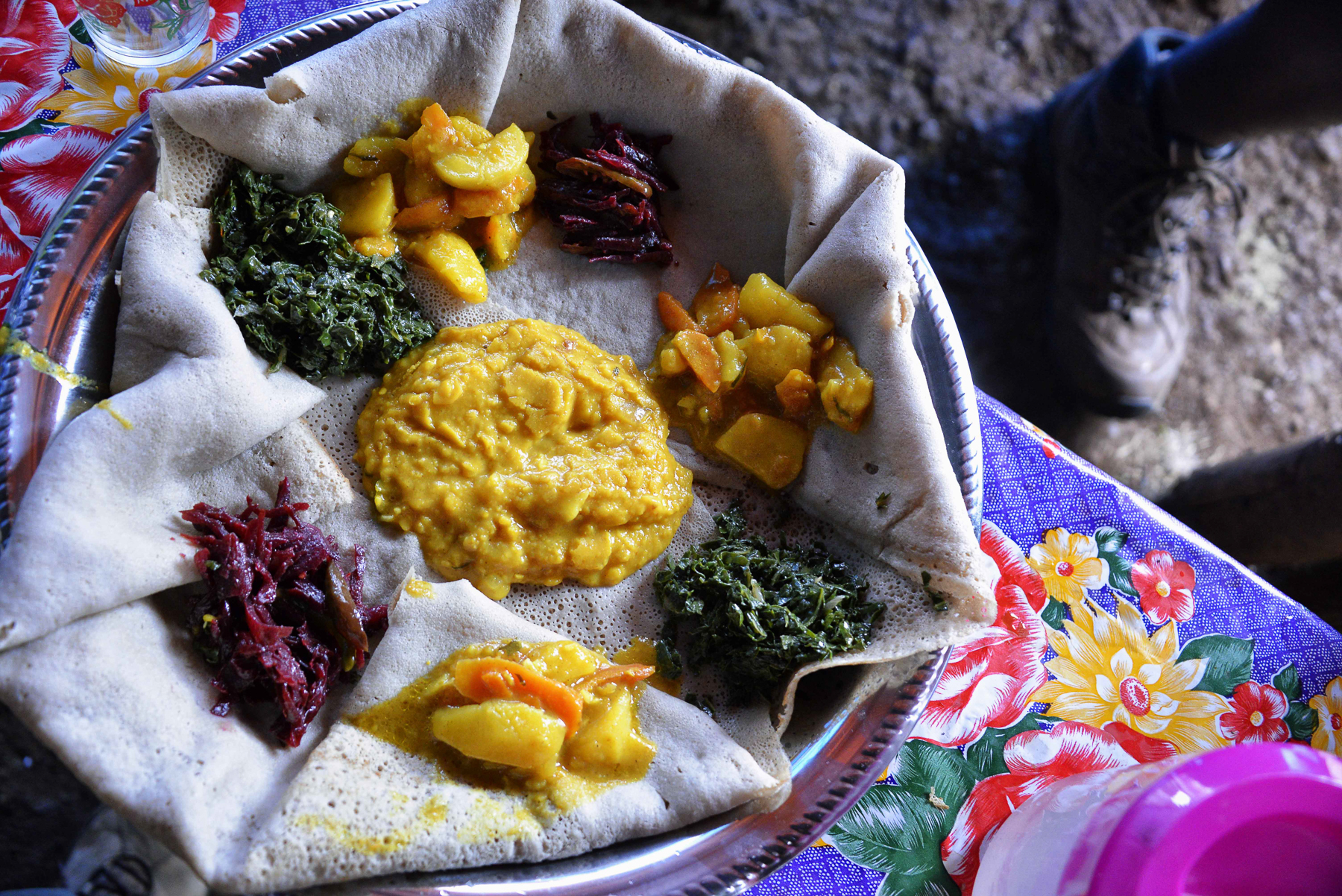Americas
CIMMYT has several offices in the Americas, including global headquarters in Mexico and a regional office in Colombia. Activities are supported by an additional 140 hectares of stations in diverse agro-ecological zones of Mexico. CIMMYT’s genebank in Mexico stores 27,000 maize and 170,000 wheat seed collections – key to preserving the crop genetic diversity of the region. CIMMYT projects range from developing nutritionally enhanced maize to mapping regional climate change hot spots in Central America. The comprehensive MasAgro project aims to increase wheat production in Mexico by 9 million tons and maize production by 350,000 tons by 2030. CIMMYT promotes regional collaboration and facilitates capacity building for scientists, researchers and technicians.
New analysis to help in creating yellow rust resistant wheat
 Innovations
Innovations
Source: World Grain (15 Jul 2020)
CIMMYT scientists perform large genome-wide association study in India, Kenya and Mexico to understand yellow rust resistance in wheat.
Improved heat-resistant wheat varieties are identified
 Climate adaptation and mitigation
Climate adaptation and mitigation
Source: Phys.org (16 Jun 2020)
CIMMYT and University of Cordoba studied 54 kinds of wheat to analyze response to high temperatures.
Private sector and government urged to invest in maize
 Nutrition, health and food security
Nutrition, health and food security
Source: Reforma (16 Jun 2020)
CIMMYT calls on companies and government to support sustainable and resilient food systems to prevent the COVID-19 health crisis from becoming a food crisis in Mexico.
SADER reiterates call to transition towards sustainable agriculture
 Climate adaptation and mitigation
Climate adaptation and mitigation
Source: La Journada (5 Jun 2020)
On World Environment and amidst a global pandemic, the Mexican Secretary of Agriculture and Rural Development highlights example of CIMMYT’s MasAgro project.
The many colors of maize, the material of life
 Environmental health and biodiversity
Environmental health and biodiversity
The use of corn husk as veneer has helped a town to preserve maize biodiversity, protect the environment and reduce migration.
Farm mechanization under COVID-19
 Innovations
Innovations
As the current pandemic and restrictions create labor constraints, CIMMYT experts discuss the role scale-appropriate farm machinery can play in addressing them.
CIMMYT for Mexico in times of a global pandemic
 Nutrition, health and food security
Nutrition, health and food security
CIMMYT representatives discuss the impact of the pandemic on Mexico and why CIMMYT works towards more resilient agri-food systems with healthier and more prosperous people.
Plant-based materials catch on with home-goods designers
 Capacity development
Capacity development
Source: The Manila Times (26 May 2020)
Mexican designer Fernando Laposse partnered with CIMMYT and works with a village of Mixtec farmers to transform unused maize husks into furniture.
Preserving the legacy of biodiversity
 Climate adaptation and mitigation
Climate adaptation and mitigation
Maize and wheat seeds from all over the world are preserved at the CIMMYT genebank, used to bring new varieties to farmers, and backed up at the Global Seed Vault.
International analytics award goes to CGIAR centers for sustainable agriculture tools
 Innovations
Innovations
The 2020 IAAA award recognizes groundbreaking data systems and tools helping more than 150,000 farmers in Mexico.
Breaking Ground: Sylvanus Odjo finds the right technology for each farmer
 Innovations
Innovations
CIMMYT postharvest specialist tests drying and storage technologies to help reduce grain losses.
New greenhouse honors scientist, aims to further maize wild relatives research
 Nutrition, health and food security
Nutrition, health and food security
In an environment designed for experimental study and regeneration, maize ancestors can thrive.
From popcorn to roti
 Nutrition, health and food security
Nutrition, health and food security
What do wholegrain foods look like around the world?


